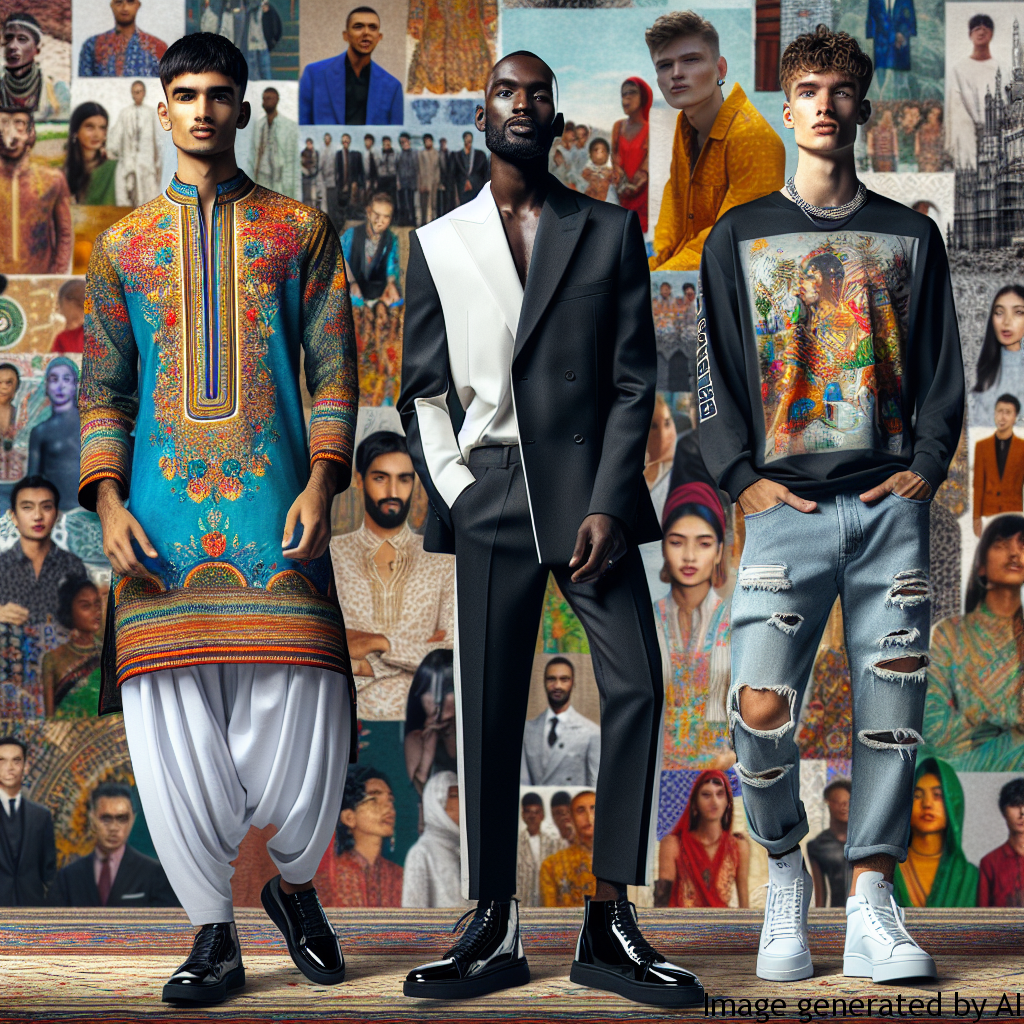Introduction
Men’s fashion and visual culture undoubtedly have a massive impact on society’s perceptions, attitudes, and norms regarding male gender roles. This influence transcends the aesthetics of clothing, shaping perceptions around masculinity, power, and even mental health. This article explores how these dynamics unfold, the psychological repercussions, and how men can navigate these concerns to promote better mental health.
Understanding Gender Expectations and Their Impact on Men’s Mental Health
What Are Gender Expectations?
Gender expectations are societal norms that dictate the behaviors, roles, and expressions suitable for each gender. In males, these norms often demand dominance, control, and emotional stoicism. Men’s fashion has often followed these principles, promoting a powerful, understated, and somewhat rigid style.
The Psychological Impact
These gender expectations can exert immense pressure on men, affecting their psychological health. They may feel the need to restrict their emotional and personal expressions to fit within these norms, compromising individuality and authenticity. Consistently conforming to these expectations can contribute to stress, anxiety, depression, and self-esteem issues.
Examples of How Gender Roles Can Impact Men’s Lives
Men’s fashion, as an element of visual culture, has a strong influence on gender role perceptions. For example, the mass media continually present masculine ideals through models and actors’ fashion choices, leading to a restricted and unrealistic vision of masculinity. Furthermore, conflicting messages, such as the growing trend of ‘metrosexual’ fashion, can lead men to experience ‘gender role conflict,’ which can result in stress, confusion, and negative self-evaluation.
Tips for Improving Psychological Health Considering Gender Roles
There are several ways to mitigate the impact of rigid gender roles on mental health. Here are some strategies:
- Embrace Individuality: Everyone should feel free to express themselves authentically, regardless of societal norms. Wear what makes you feel comfortable and confident.
- Seek Support: If struggling with conflicting gender roles, it can be helpful to seek counseling or find supportive communities.
- Challenge Stereotypes: Advocacy and dialogue can help challenge and change stereotypes. Men’s fashion could become an avenue for this, embracing freedom of expression, diversity and defining new, healthier versions of masculinity.
Conclusion
The intersection of men’s fashion, visual culture, and gender expectations has a profound influence on men’s psychological health. By acknowledging these dynamics, individuals can start to challenge harmful norms and encourage a culture that values diversity, freedom of expression, and mental health. Men’s fashion has the potential to be an empowering expression of self-dominance and diversity instead of restrictive societal norms.

